Maha Chanook and Friends.....Ready for Evening Fruit Tasting
hmhausman
13 years ago
Featured Answer
Sort by:Oldest
Comments (33)
squam256
13 years agolast modified: 9 years agoRelated Professionals
Simpsonville Landscape Architects & Landscape Designers · Windham Landscape Architects & Landscape Designers · Lakewood Landscape Architects & Landscape Designers · Tempe Landscape Contractors · Brunswick Landscape Contractors · Dickinson Landscape Contractors · El Mirage Landscape Contractors · Gallatin Landscape Contractors · Golden Gate Landscape Contractors · Methuen Landscape Contractors · San Bruno Landscape Contractors · Irvington Landscape Contractors · Greenfield Landscape Contractors · Golden Valley Landscape Contractors · Springdale Handymanch3rri
13 years agolast modified: 9 years agohmhausman
13 years agolast modified: 9 years agomurahilin
13 years agolast modified: 9 years agomurahilin
13 years agolast modified: 9 years agoch3rri
13 years agolast modified: 9 years agomango_kush
13 years agolast modified: 9 years agobluepalm
13 years agolast modified: 9 years agoAndrew Scott
13 years agolast modified: 9 years agojsvand5
13 years agolast modified: 9 years agopuglvr1
13 years agolast modified: 9 years agohmhausman
13 years agolast modified: 9 years agoch3rri
13 years agolast modified: 9 years agored_sea_me
13 years agolast modified: 9 years agoohiojay
13 years agolast modified: 9 years agohmhausman
13 years agolast modified: 9 years agosun_worshiper
13 years agolast modified: 9 years agoch3rri
13 years agolast modified: 9 years agojsvand5
13 years agolast modified: 9 years agoswrancher
13 years agolast modified: 9 years agohmhausman
13 years agolast modified: 9 years agojsvand5
13 years agolast modified: 9 years agohmhausman
13 years agolast modified: 9 years agoenduser
13 years agolast modified: 9 years agohmhausman
13 years agolast modified: 9 years agoenduser
13 years agolast modified: 9 years agohmhausman
13 years agolast modified: 9 years agojsvand5
13 years agolast modified: 9 years agohmhausman
13 years agolast modified: 9 years agonullzero
13 years agolast modified: 9 years agojsvand5
13 years agolast modified: 9 years agojeffhagen
13 years agolast modified: 9 years ago
Related Stories

FARM YOUR YARDIf You Have Room for Only One Fruit Tree ...
Juice up a small garden with one of these easier-care or worth-the-effort fruit trees for a mild climate
Full Story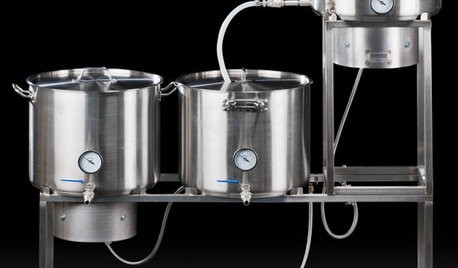
HOME TECHMake Home Sweet Home Even Sweeter With a Brewery Or Winery
New high-tech products make small-scale home beer and wine production easy and fun
Full Story
DECORATING STYLESIs Your Home Ready for a 1970s Revival?
Seventies chic is a trend that’s been brewing for some time, but this year it could hit big — with a few modern tweaks
Full Story
GARDENING GUIDESGarden-Friendly Native Alternatives to Overplanted Exotics
There are lots of gorgeous, wildlife-friendly native plants ready to make an appearance in your garden
Full Story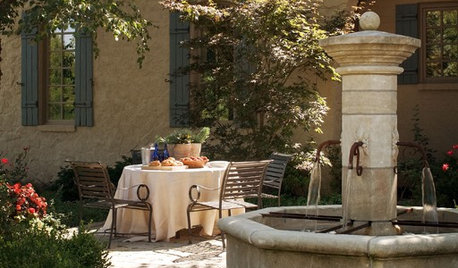
DECORATING GUIDESBring a Taste of Italy Home With 12 Design Touches
No vacation plans abroad? You can still get the feel of old-world Italy with these ideas from an Italian designer
Full Story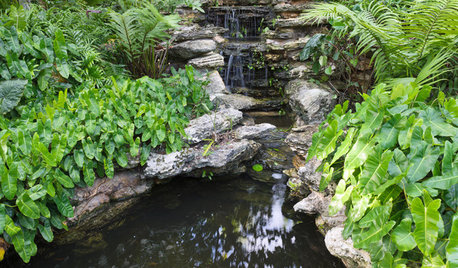
LANDSCAPE DESIGNRecipe for Tropical Edible Garden Style
Appeal to exotic good taste with fruit trees, palms and tropical look-alikes in your temperate-climate garden
Full Story
EDIBLE GARDENSHow to Grow Your Own Peaches and Nectarines
Make gardening a little sweeter with these juicy fruits, which you can eat after plucking or preserve for later
Full Story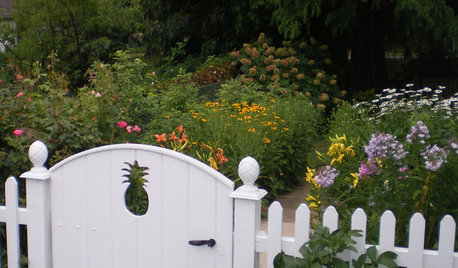
DECORATING GUIDESDesign Mystery: Why Do Pineapples Sprout Up in Home Design?
Early Americans were bananas about pineapples — and we’re still reaping the benefits of the sweet fruit’s symbolism today
Full Story
FRUIT TREESHow to Grow Your Own Persimmons
Sturdy and easy to care for, these trees offer bright fruit through winter — and keeping them in bounds is no sweat
Full Story
SUMMER GARDENINGHow to Grow Basil
Bright color, quick growth and endless uses for cooking make this summer annual a winner in the garden or a pot
Full Story





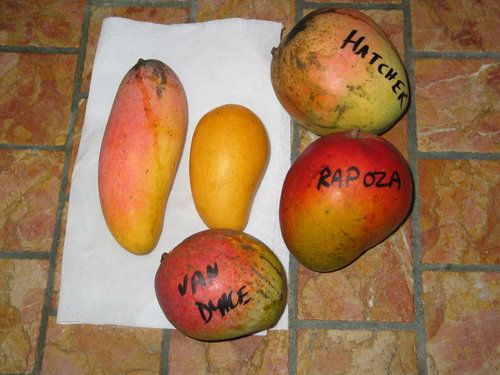
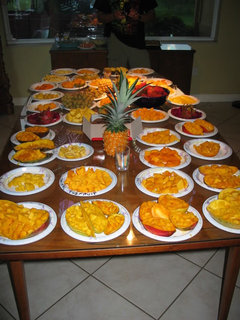
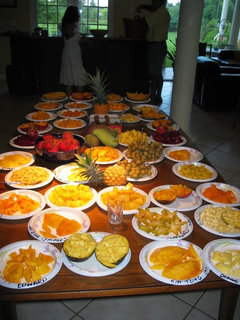
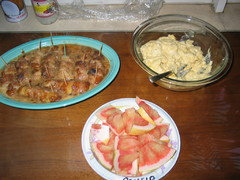

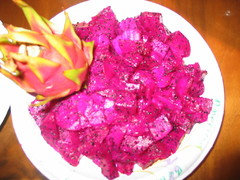
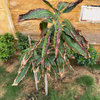
mango_kush